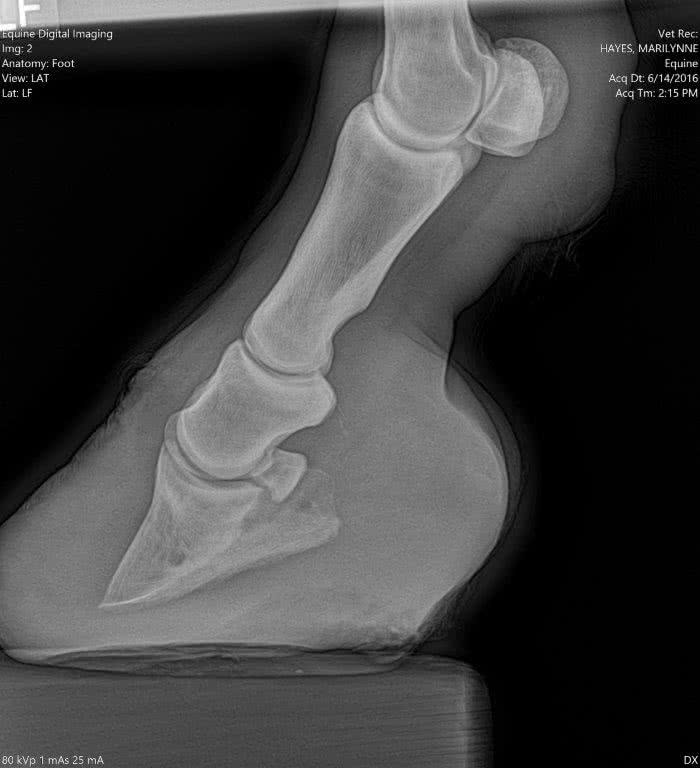The Thoroughbred race horse and the racing industry as a whole has been an area of keen interest to me, dating back to my days in veterinary college. As students, we would see these unique patients on a daily basis and assist in therapy. I would also spend much of my off-time, at the local race tracks in Ohio, in the backstretch, to get a different view point and learn as much as I could. Given my current location, we do not have TB racing in our state, but yet, I still work with them on an almost daily basis through rehabilitation and consultations, with a quick trip here and there to tracks outside of my state. Through our research and consultations, along with reading as much as I can my hands on, I begin to make connections to what we are doing now, as compared to 20-30+ years ago. Could these differences or changes be creating the rise in lameness, poor performance and EIPH (bleeders)? If so, could management of these factors help us to reduce those problems and maybe enhance performance on a whole new level?








